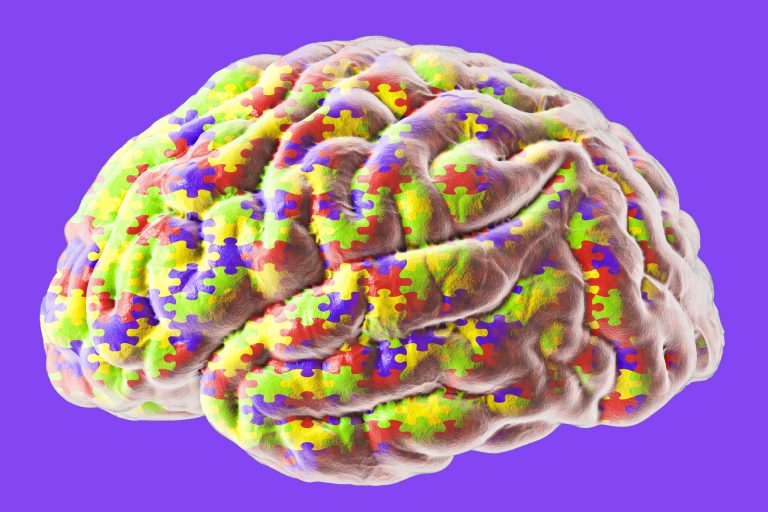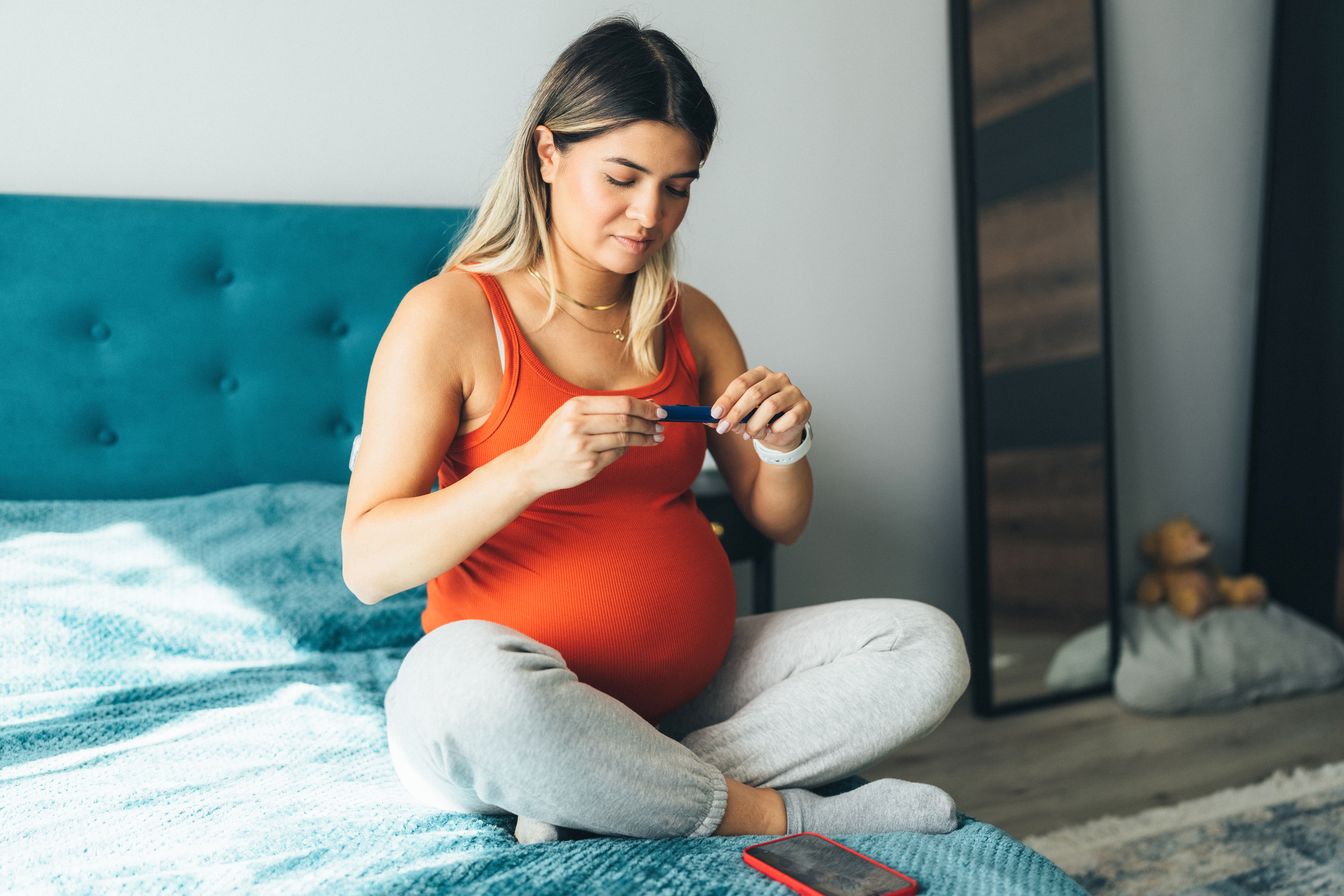
Researchers have developed machine learning algorithms to find maternal clues linked to the diagnosis of a severe type of autism, identified as maternal autoantibody-related autism spectrum disorder (MAR ASD).
As early as the early 1990s, papers began to describe an association between the presence of certain antibodies to specific fetal brain proteins in maternal serum with autism in their children. Further study now shows MAR ASD accounts for 20% of all autism cases. In MAR ASD, antibodies made by the mother appear to attack her own tissues. In pregnancy, these tissues also include a fetus’ developing brain.
Using plasma samples obtained through mothers in their CHARGE study, researchers from the UC Davis MIND Institute analyzed 450 mothers of children with autism and 342 mothers of typically developing children. They looked for reactivity of maternal serum to eight different proteins found in abundance in the fetal brain — CRMP1, CRMP2, GDA, NSE, LDHA, LDHB, STIP1, and YBOX) for each protein.
“The target proteins are highly expressed in the developing brain, and play important roles in neurogenesis, metabolism, and homeostasis,” the authors write. “Therefore, it is possible that antibody binding during this vulnerable period could impact proper protein functionality affecting significant neurodevelopmental pathways with a lasting effect on the developing brain.”
The team used a machine learning algorithm to determine which autoantibody patterns were specifically associated with a diagnosis of ASD.
From more than 70 autoantibody patterns observed, 12 statistically significant patterns emerged linked with MAR ASD. Further machine learning analysis revealed three main types: CRMP1/ GDA (ASD% = 4.2 vs. TD% = 0), CRMP1/ CRMP2 (ASD% = 3.6 vs. TD% = 0), and NSE/STIP1 (ASD% = 3.1 vs. TD% = 0). Most of the other patterns are sub-patterns or represent only a very small set of covered samples.
In the most common pattern, CRMP1/GDA, the odds of having a child with autism were 31 times higher than in the general population. For CRMP1/CRMP2, the rate was 26 higher; for NSE/STIP1, the odds were elevated nearly 23 times.
They also discovered that maternal autoantibody reactivity to CRMP1 in any of the patterns significantly increases the odds of a child having a more severe form of ASD as classified by the Autism Diagnostic Observation Schedule (ADOS) severity score.
“The implications from this study are tremendous,” says Judy Van de Water, a professor at UC Davis and the lead author of the study. “It’s the first time that machine learning has been used to identify with 100% accuracy MAR ASD-specific patterns as potential biomarkers of ASD risk.”
The team’s earlier studies have shown that individual autoantibodies are present to some degree in both mothers of children with ASD and in typically developing children and do not correlate with an ASD diagnosis. Instead, reactivity to a combination of two or more autoantigens is necessary to determine an association of risk for ASD.













